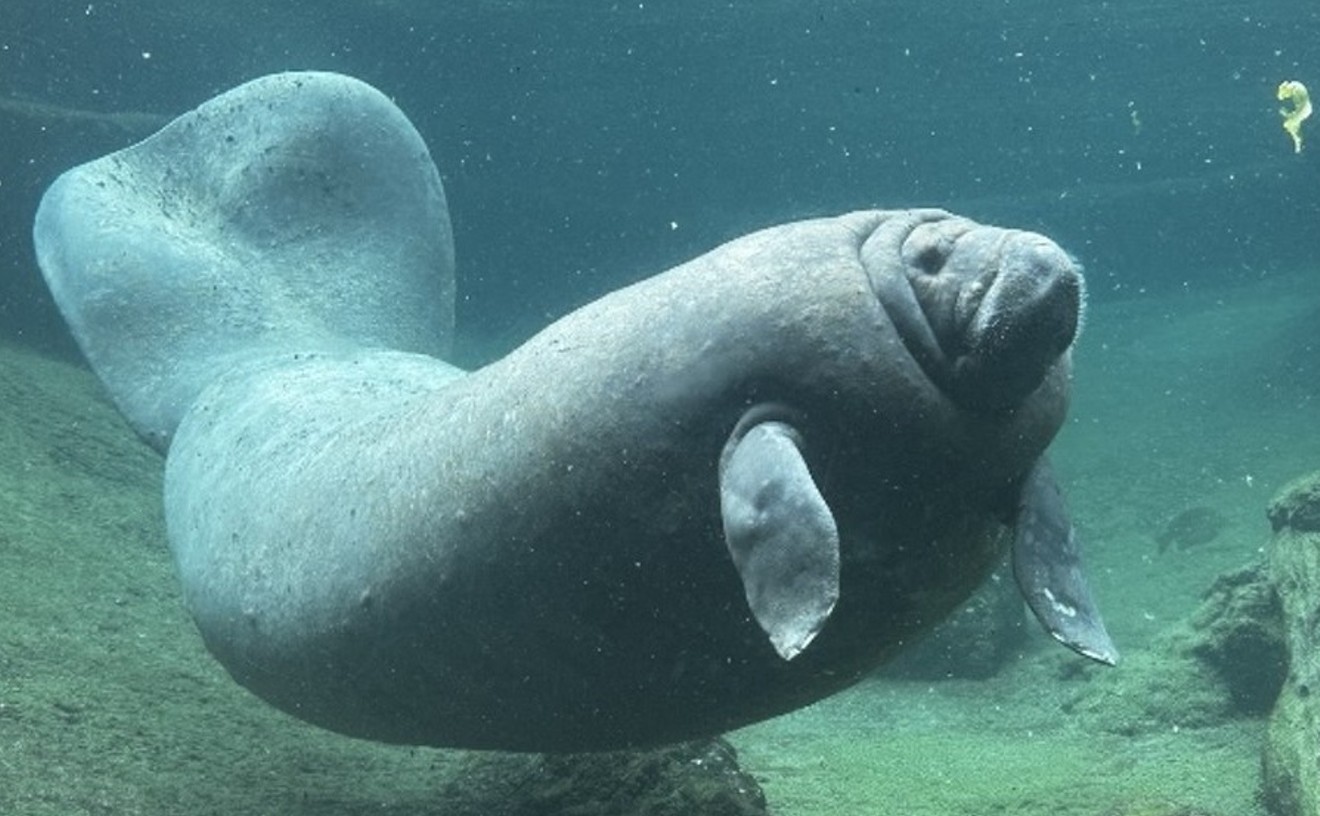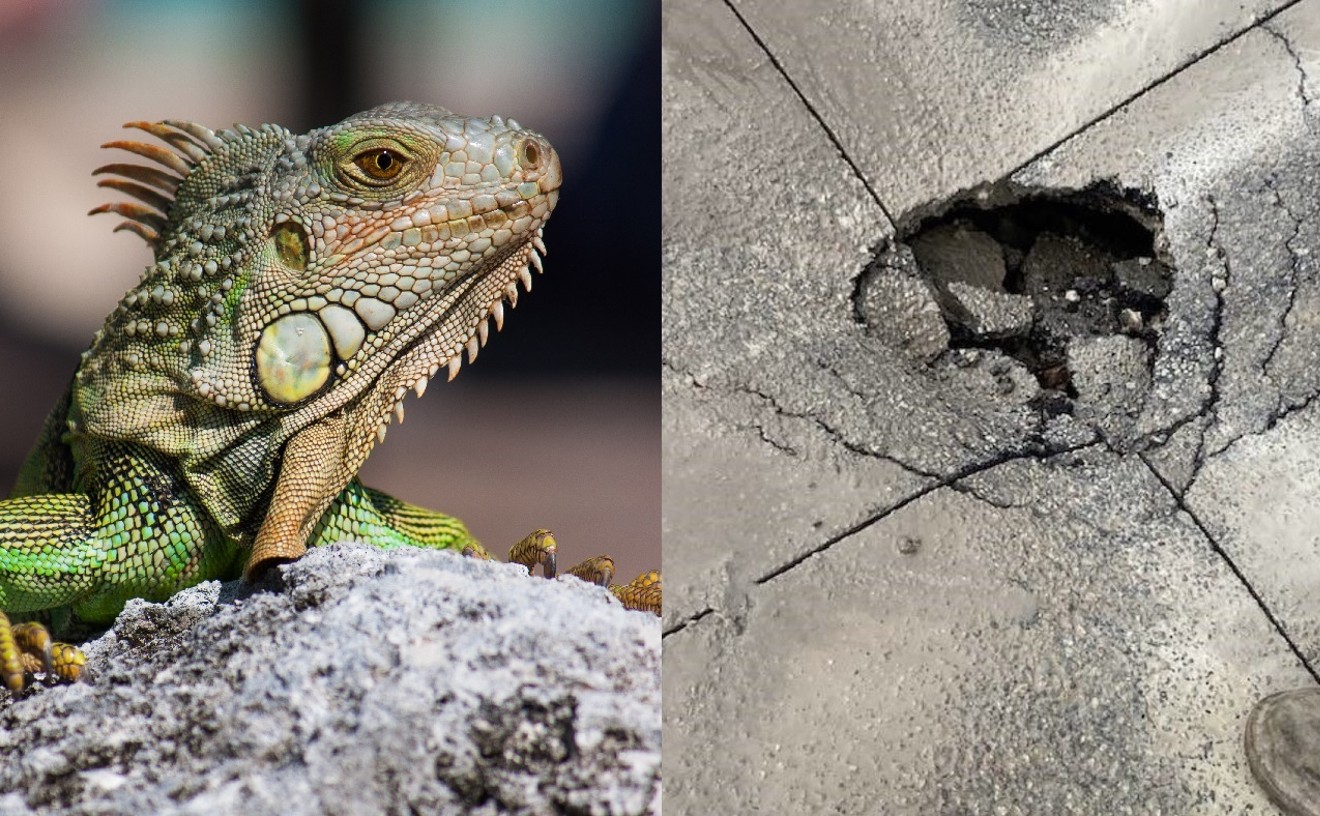This week's feature is a modern-day art heist mystery worthy of the silver screen. It's got a power-hungry president, a missing national treasure, an ensemble of shady middlemen out to make a fortune, and a beautiful FBI agent intent on cracking the case.
But -- spoiler alert -- one thing it doesn't have is a feel-good ending. Although two people went to prison for trying to sell the stolen $4 million Henri Matisse painting Odalisque in Red Pants, nobody has ever been charged with actually stealing it.
Here are a few of the suspects.
See also: Hugo Chávez, Henri Matisse, and the Art Heist That Shook the Americas
Chavistas:
When the painting was first discovered stolen in 2002 -- a crude fake had been left in its place inside the Caracas Contemporary Art Museum -- Venezuela was in the middle of crippling strikes targeting then president Hugo Chávez. The leftist had recently replaced the leaders of most artistic institutions, including the museum, and declared a "cultural revolution." To many upper-class or exiled Venezuelans, it seemed that socialists were stripping the country of its crown jewels.
In fact, however, photos and documents eventually proved that the painting had been stolen in 2000, while the museum was still under the supervision of its anti-chavista founder, Sofía Imber.
Sofía Imber:
Because the painting disappeared under her watch, Imber has also come under suspicion. She told New Times that she knew the painting had been stolen and replaced with a fake months before the theft became public, but kept quiet because she didn't want to cause trouble for her successor.
"She was fired from her own museum!" says Wanda de Guebriant, the Matisse expert who first warned Imber that her painting was for sale on the black market. "What would you think if you have created your own museum.. and then comes a change in politics and you are kicked out? Don't you get revengeful?"
Few who know Imber, however, believe that she had anything to do with the actual art heist. After all, Imber was the one who bought the painting two decades earlier.
"She loved those paintings like her children," says her daughter, Adriana Meneses. She points out that her mother was interviewed for hours by Interpol and cleared of wrongdoing.
The Mexican Connection:
This week's feature tells the incredible story of how the FBI recovered the $4 million Henri Matisse. An informant told his handlers that a portly Cuban named Pedro Marcuello was shopping the stolen painting. A beautiful undercover agent won Marcuello's trust and convinced him to have friends in Mexico bring the Odalisque to Miami. Then, in a South Beach hotel room, the feds sprung their trap.
During secretly recorded conversations, Marcuello and a Mexican accomplice named Maria Ornelas had said that the painting had been brought to her Acapulco apartment by another Cuban named Filiberto. Filiberto had fled Miami because of his involvement in a $20 million Medicare fraud, Marcuello said. And it was Filiberto who had shopped the painting around Europe until his death in 2010 during a motorcycle accident.
Miami Mystery Man:
Filiberto, however, didn't take the painting from the museum. According to Marcuello, another Cuban-American friend from Miami had actually stolen the Matisse. But when he took it to Mexico to try to sell, he was betrayed by Filiberto.
If true, the man responsible for one of Latin America's most incredible art heists is likely still on the loose in Miami. But the FBI says the case is effectively closed.
"The original theft of the painting at the museum in Venezuela, that's not really under our purview so that's off the table," says Special Agent Robert Giczy. Besides, he says, the statute of limitations for most property crimes is only five years. "Our focus in this investigation was [primarily] recovering the painting."
Either way, there are only two men who know the identity of the Miami Mystery Man: Filiberto, who is dead, and Marcuello, who's in prison and ain't talking.
Museum Security Guards:
Even if the Miami Mystery Man organized the theft, however, it's unlikely that he actually smuggled the painting out of the museum.
"Somebody switched the canvas for a copy inside the museum, that's what happened," says Rita Salvestrini, Sofía Imber's successor at the museum who was initially wrongly blamed for the painting's disappearance. "I've always sustained that that person had to be a museum employee, somebody from inside, because to do that you would need a lot of access. You'd have to open a lot of doors, and to open those doors you'd have to have some authority."
In her book, The Rape of the Odalisque (El rapto de la odalisca in Spanish), Venezuelan journalist Marianela Balbi identifies two museum employees who might have had such access. One is now a higher-up in the chavista government and the other lives in Spain.
But Adriana Meneses, Imber's daughter, says she thinks she knows who took the painting.
"Maybe a year ago, somebody from this current government told me that they knew that the security people from a certain shift were involved," she says. "I'm sure that they know the person who paid the guards. Maybe they know the one who paid for the whole thing."
"It doesn't have an ending yet," Meneses says of the saga. "But I'm sure the truth will come out."
Others disagree.
"Do you think the truth will ever be known?" asks Wanda de Guebriant, the Matisse expert. "I'm not so sure."
Send your tips to the author, or follow him on Twitter @MikeMillerMiami.
Follow Miami New Times on Facebook and Twitter @MiamiNewTimes.











